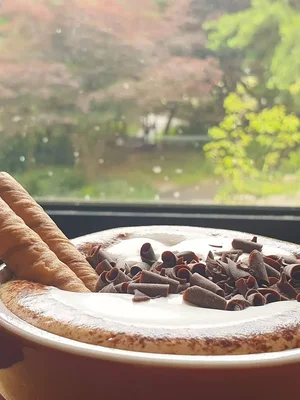Dongureung, Garden of Morning Calm
Starting at: $635.26
per groupmore
flight_takeoff
Departure possible from:
Seoul
groups
Group Size
private group
schedule
Duration
8 hours
luggage What's included
check_circle Included
check
entrance fee
check
transportation
check
licensed guide
cancel Not Included
close
personal expenses and all other expenses not specified explicitly in the program
star What Our Guests are Saying
explore Experience on This Tour
auto_awesome Magic Moments
And how many queens did one wang have? And were they buried together? And if they didn't get along in life?..
And why is the tomb of the first wang of the dynasty so unkempt?
Even if you don't ask yourself such questions, we will answer them anyway. Because behind every hill here is hidden drama, love, perhaps hatred and a carefully thought-out ritual.
And then - a change of mood: you are transported to the Garden of Morning Calm.
Paths among maples, silence, a light aroma of pine needles, a bridge over a stream and a cup of hot coffee. With a view.
Contemplative and Educational in One
Balance body and mind: absorb Korea’s deep history among royal tombs — then recharge in the serene beauty of a poetic garden.
Experiences
Gapyeong-gun
keyboard_arrow_down
Frequently asked questions
And if I have been to the royal palaces of Seoul, won't the burial mounds seem boring?
expand_moreWill there be anything interesting in the Garden of Morning Calm in winter?
expand_more